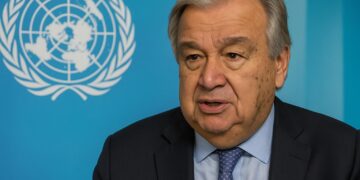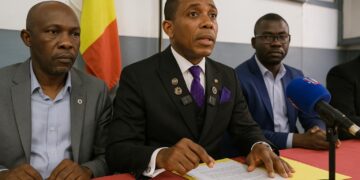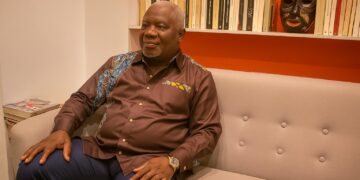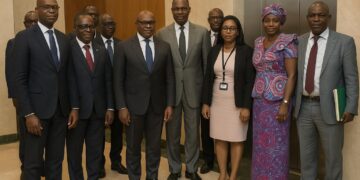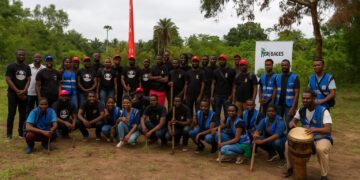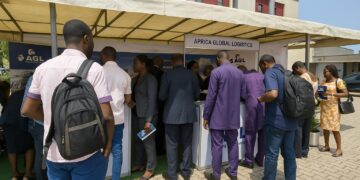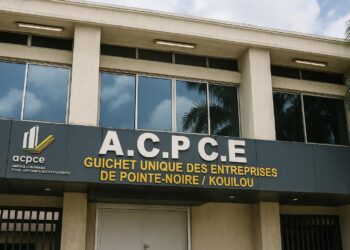Congo regulator intensifies satellite know-how
From 22 to 24 September, the Congolese Postal and Electronic Communications Regulatory Agency, ARPCE, dispatched a technical delegation to France to deepen expertise on next-generation satellites. The move fits the authority’s multi-year plan to modernise supervision of an industry evolving faster than traditional licensing cycles.
Training focus: LEO constellations and broadband
Hosted by internationally recognised consultant Didier Verhulst of Cogicom, the course dissected Low Earth Orbit constellations, spectrum management and cybersecurity layers critical for mass-market satellite internet. Director Benjamin Mouandza called the workshop “a major opportunity to consolidate our technical and regulatory muscle”, noting its role in universal service ambitions.
Field visit underscores operational realities
Beyond the classroom, officials toured the Rambouillet teleport in Yvelines, observing antenna arrays, redundant power grids and encryption gateways that anchor secure satellite links. Service Operators head Serge Abel Ongani said seeing live traffic routing “clarified the operational constraints we must anticipate when drafting guidelines for Congolese deployments”.
Dialogue with Eutelsat and OneWeb
The mission concluded with strategy talks alongside Eutelsat, now a key shareholder in OneWeb’s LEO network. Discussions centred on licensing timelines, earth-station siting and High Altitude Platform Systems that could complement fibre along the Congo River corridor. Parties agreed on follow-up technical working groups in Brazzaville within the semester.
Regulatory framework aligning with ITU norms
ARPCE plans to transpose International Telecommunication Union recommendations on non-geostationary systems, including dynamic spectrum sharing and collision avoidance data exchange (ITU 2023). Draft amendments under review would shorten type-approval delays and introduce a risk-based inspection regime to encourage quicker service activation.
Economic and social dividends for remote zones
Half of Congo’s 5.8 million inhabitants live outside fibre footprints, according to GSMA (2022). Affordable LEO terminals could connect schools near forest concessions, mining camps in Sangha or logistics depots at Oyo airstrip, while supporting e-government applications envisioned in the national Digital Plan 2025.
Investor takeaways and upcoming milestones
ARPCE will publish a consultation paper on satellite gateway authorisations by year-end, covering licence fees, spectrum coordination and local content routing requirements. Stakeholders watching the Central African fibre squeeze view the initiative as a timely signal that Congo is open to blended infrastructure models and competitive operator entry.




